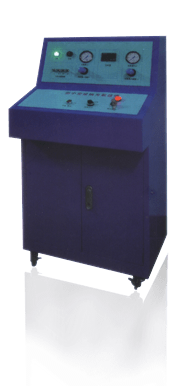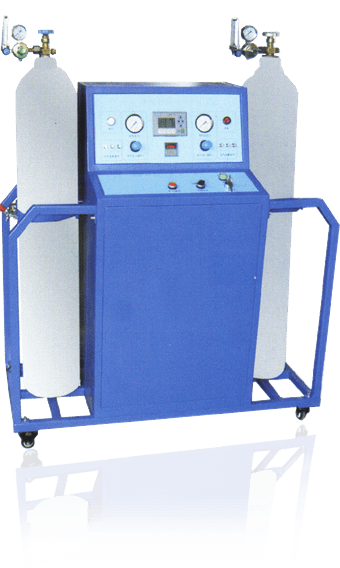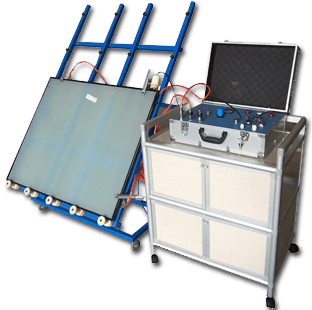Overview
Introduction
Insulated Glass Always Filled With Inert Gas To Improve Thermal & Phonic Insulations


Air in cavity between glass panes of insulated glass is usually dried by desiccant filled inside space bars prior to sealing. As insulated glass technology develops, Instead of air, dry nitrogen is used to further improve thermal conductivity. Nowadays, less conductive and slower-moving inert gases such as argon and krypton are extensively used instead. Inert gas moves or transfers hot or cold through the space at a much slower rate than air. These inert gases provide optimum insulation performances. They further reduce heat and sound transfer from one side of the double glazed unit to the other.
One of the most popular inert gas used for gas fill insulated glass is argon gas which is also commonly found in household light bulbs. It is a clear, non toxic and non flammable gas that is denser than air. Argon gas is introduced into the air space of the insulating glass unit and displaces the air trapped between the two glass panes during the manufacturing process. Other inert gases for gas-filled insulated glass are krypton and xenon.
Advantges

- Thermal conductivity of inert gas is lower than air. For example, argon has a thermal conductivity 67% than that of air or in other words, its thermal conductivity is approximately 30% lower than that of air. The lower the thermal conductivity, the better is the thermal insulation efficiency. Reduction of heat loss through the insulated glass results in an overall increase in energy efficiency of the window.
- U-values and R-values are significantly improved. For example, U value of single clear glass is 5.4 and ordinary double glazing is 2.6 and argon gas filled insulated glass is further reduced to 1.6. Inert gas filled double glazing is significantly energy save.
- Selected inert gas remarkably improves noise insulation.
- Argon filled double glazing unit reduces air convection within the sealed air space. It increases dimensional stability. The two glass panes are not distorted irrespective of changes of climate, atmospheric pressure, season and altitude, etc.
- Inert gas helps pressure balance between interior and exterior pressures of double glazing.
- Inert gas is almost free of moisture. Even if desiccant or sealing goes wrong, the gas would not get humid. No condensation or dew would occur with inert gas.
- If environmental humidity is high, it is recommended not to assemble insulated glass if inert gas is not employed for air moisture is high. Desiccant may not be able to dry the air thoroughly. With inert gas, insulated glass could be assembled under any humidity environment all the year around.
- If same thermal and phonic insulations properties are required, inner space is thinner with inert gas than that with ordinary air. Inner space thickness may be further reduced with selected inert gas. This reduces IGU and framework materials, production and installation costs.
- If insulated glass is solar control or low-e glass with coating facing inner space, inert gas inhibits oxidation of the metallic coating.
- Insulated glass with inert gas reduces future maintenance.
- Inert gas is a naturally component of the atmosphere and is 100% safe. It is colorless, odorless, non-toxic, non-corrosive and non-flammable.
Gas Comparisons
Argon is commonly used in insulated glazing as it is affordable. Krypton is considerably more expensive. It is more prevalent in triple-pane windows since it is more effective when the glass panes are close together. It is not generally used except to produce very thin double glazing units or relatively thin or extremely high performance triple glazed units. Sometimes, krypton is mixed with argon and injected into the airspace. Xenon is also one of inert gas used for insulated glass but it is rarely applicable though it would be even more effective than krypton.
In general, the more effective a fill gas is at its optimum thickness, the thinner the optimum thickness is. For example, the optimum thickness for krypton is lower than for argon, and lower for argon than for air.